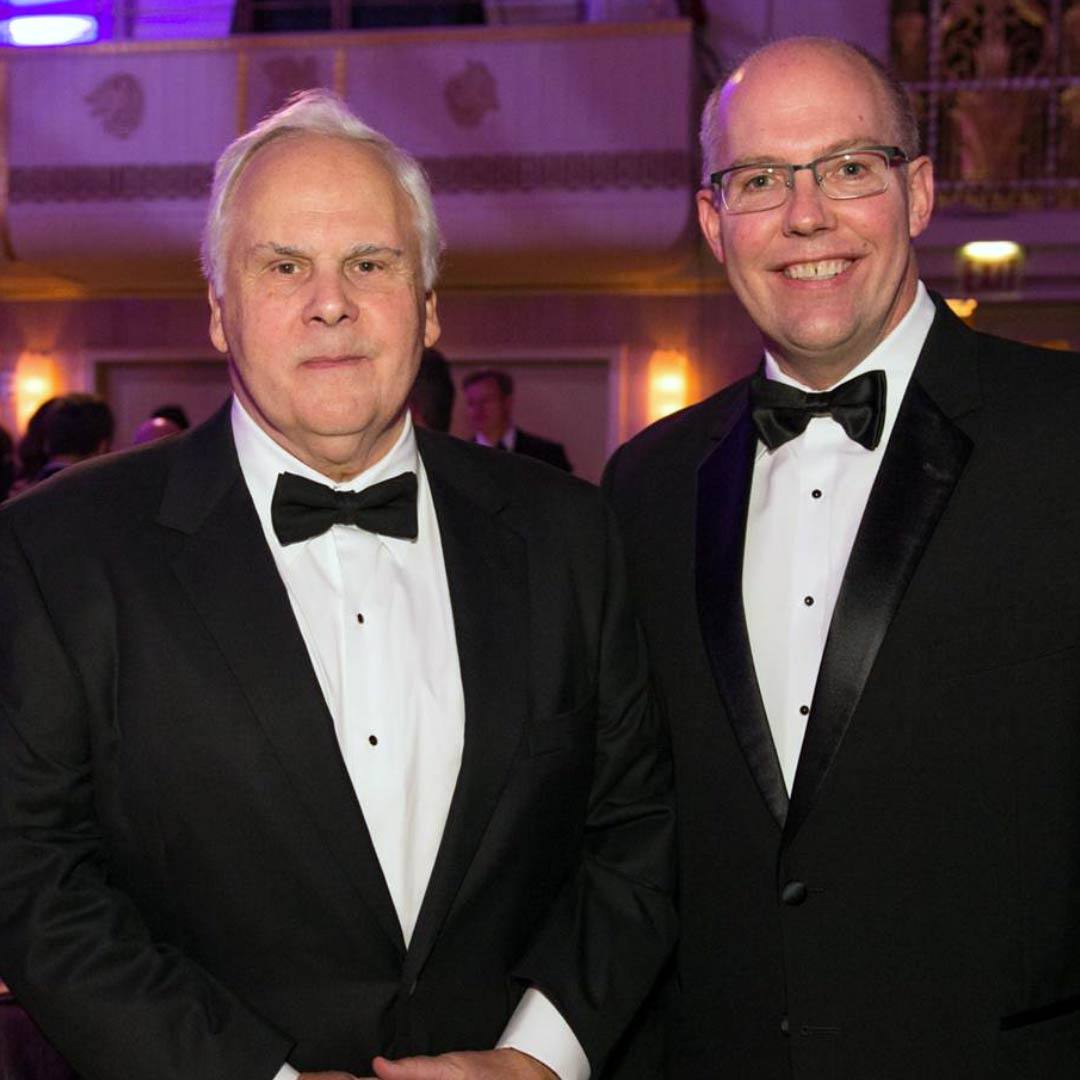 Amy Lannen often leaves notes warning her colleagues not to eat the Jell-O, cocoa powder, oatmeal and other foods she keeps on a shelf at work. It's not that she's a snack hoarder. (At least not that we know of.) Lannen's goodies are actually the tools of her trade. Lannen, who works at the J. Wayne and Delores Barr Weaver Simulation Center on Mayo Clinic's Florida campus, uses the pantry staples to create wounds and bruising on actors pretending to be patients. It's called "moulage," she tells the Mayo Clinic News Network, and "it's the art of making something look realistic even though it's not actually happening. So we can make someone look like they have a gash on their forehead or a black eye, even though they're not in any actual pain."
Amy Lannen often leaves notes warning her colleagues not to eat the Jell-O, cocoa powder, oatmeal and other foods she keeps on a shelf at work. It's not that she's a snack hoarder. (At least not that we know of.) Lannen's goodies are actually the tools of her trade. Lannen, who works at the J. Wayne and Delores Barr Weaver Simulation Center on Mayo Clinic's Florida campus, uses the pantry staples to create wounds and bruising on actors pretending to be patients. It's called "moulage," she tells the Mayo Clinic News Network, and "it's the art of making something look realistic even though it's not actually happening. So we can make someone look like they have a gash on their forehead or a black eye, even though they're not in any actual pain."
Lannen's handiwork helps health care providers learn how to treat injuries and diagnose conditions — without having to practice on real patients. It's just one type of training happening at Mayo's simulation centers in Florida, Arizona and Minnesota.
________________________________________________
This story originally appeared on the In the Loop blog.







